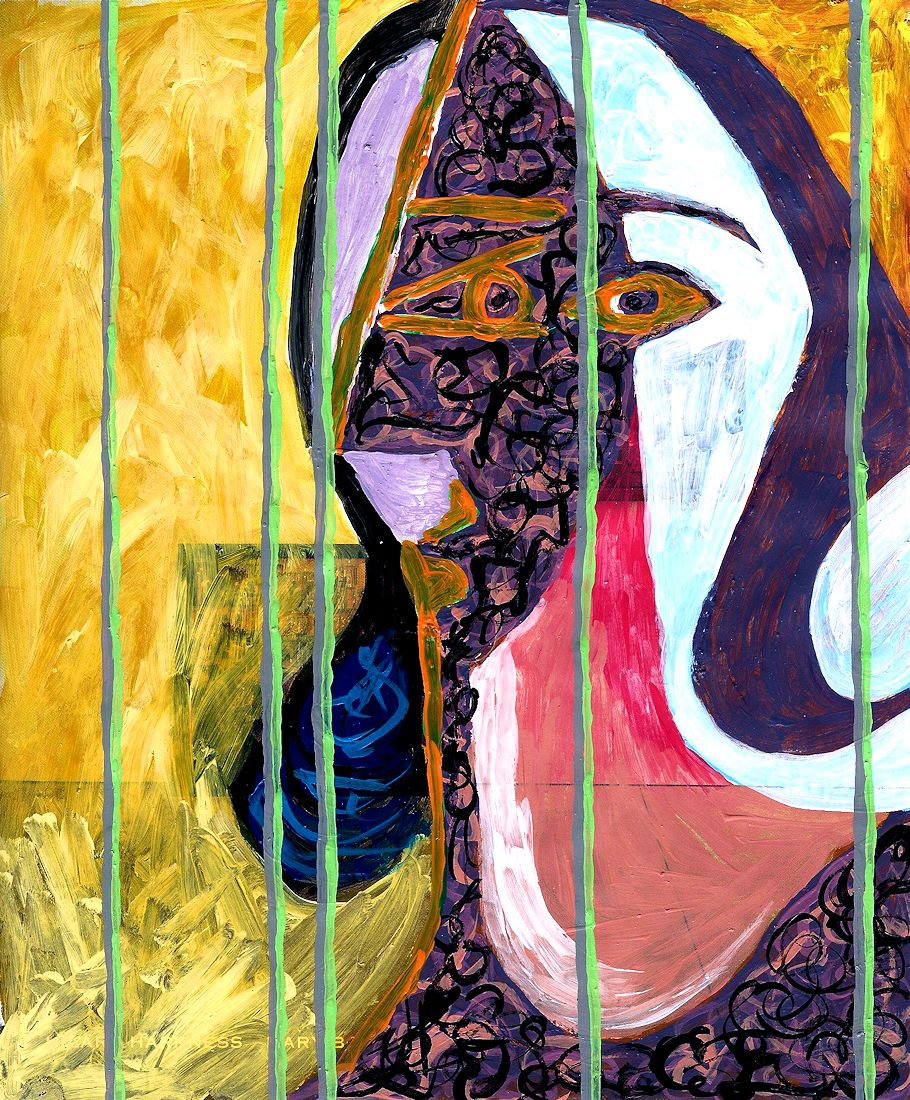2023 October 19 20 22 23 24 26 27 31
November 1 2 3 4 5 7 9 10 11 12 14 15 16 17 21 22 23 25 26 27 28 29 30
December 2 5 6 7 8 9 11 14 16 19 20 21 25 26 29 30 31
2024 January 1 2 3 4 5 6 7 8 9 10 12 13 14 16 18 19 20 21 22 23 27 28 29 31
February 1 4 5 7 8 9 10 11 12 13 14 15 16 17 18 19 20 21 22 23 24 25 26 28 29
March 1 2 3 4 5 6 7 8 9 11 13 14 15 16 17 18 19 20 23 24 25 26 27 28 29 31
April 1 2 3 4 5 6 7 8 9 10 11 12 14 15 16 17 18 19 20 21 22 23 24 25 26 27 28 29 30
May 1 2 3 4 5 6 7 8 9 10 11 12 13 14 15 16 17 18 19 20 21 22 23 25 26 27 28 29 30 31
June 1 2 3 4 5 6 7 8 9 10 11 12 13 14 15 16 17 18 19 20 21 22 23 24 25 26 27 28 29 30
July 1 2 3 4 5 6 7 8 9 10 11 12 13 14 15 16 18 19 20 21 22 23 24 25 26 27 28 29 30 31
August 1 2 3 4 5 6 7 8 9 10 11 12 13 14 15 16 17 18 19 20 21 22 23 24 25 26 27 28 31
September 1 2 3 4 5 6 7 8 9 10 11 12 13 14 15 16 17 18 19 20 21 22 23 24 25 26 27 28 29 30
October 1 2 3 4 5 6 7 8 9 10 11 12 13 14 15 16 17 18

"What time is it?"
2004.10.18

The phone/camera is resting on the kitchen table facing the ceiling.
2024.10.16

Reenacting The Largest Painting In The World
"A second coat of paint on the last two stripes, and then it's done. Thank god!"
2024.10.14
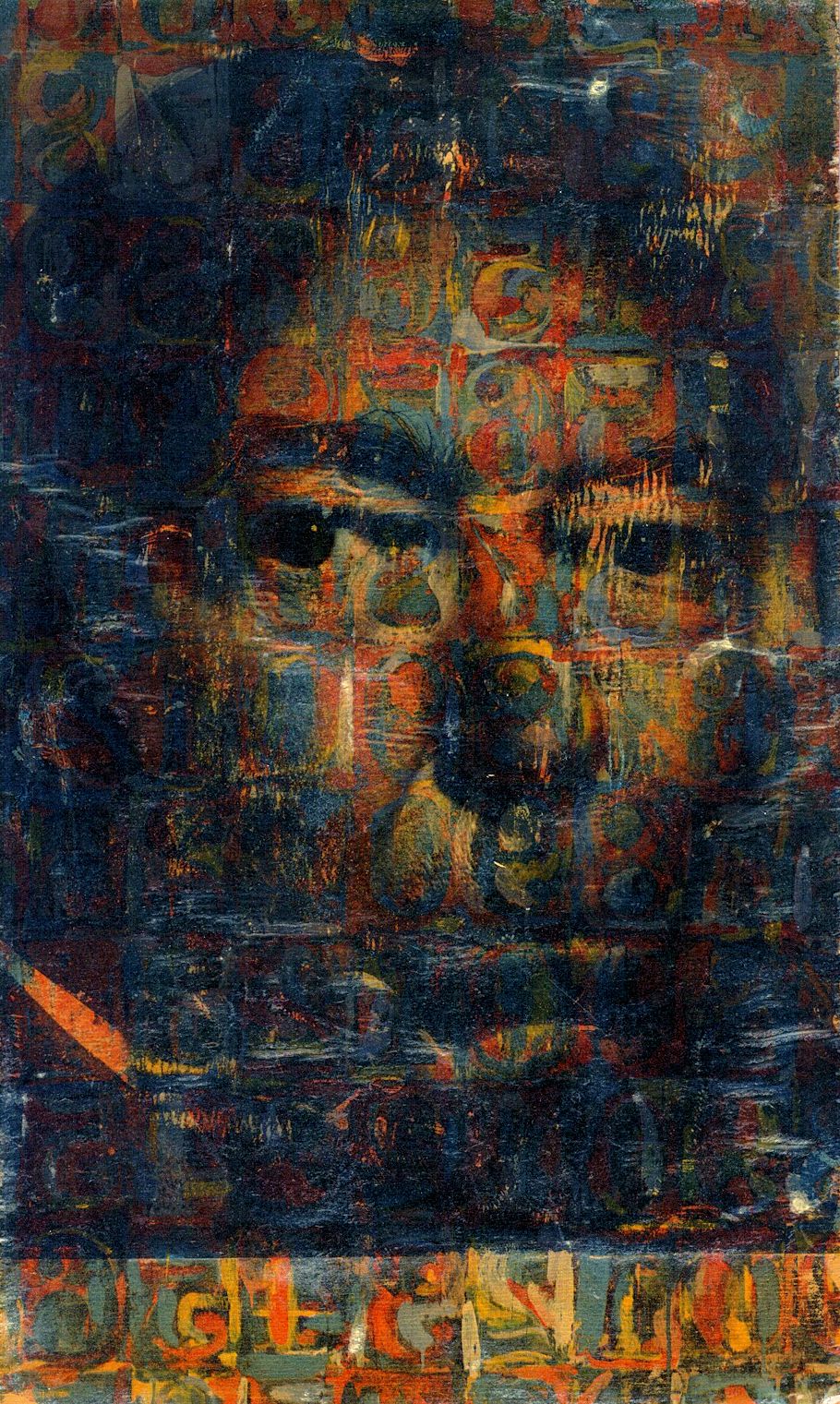
Say Johns, Say Johns Again
1993.10.12
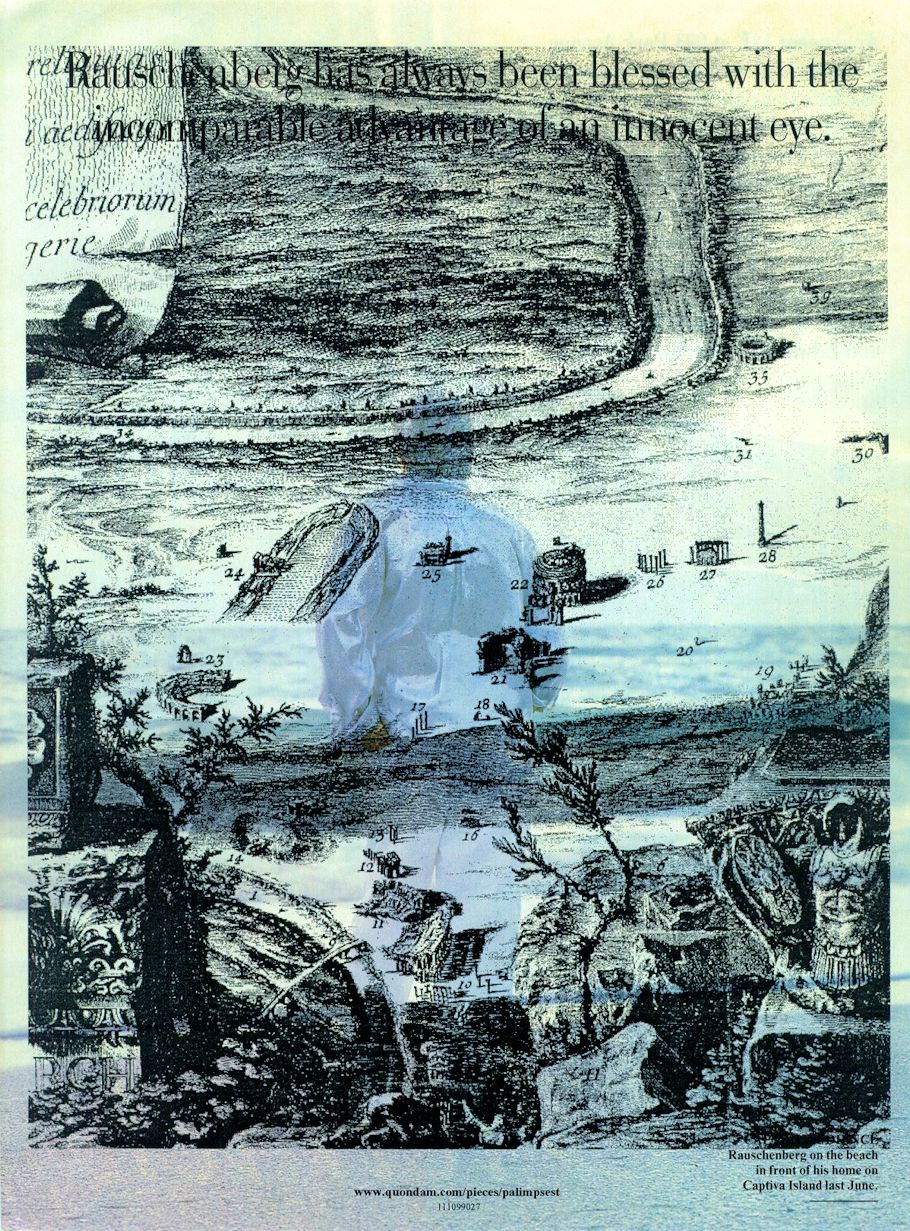
pieces/palimpsest 27
1999.10.11
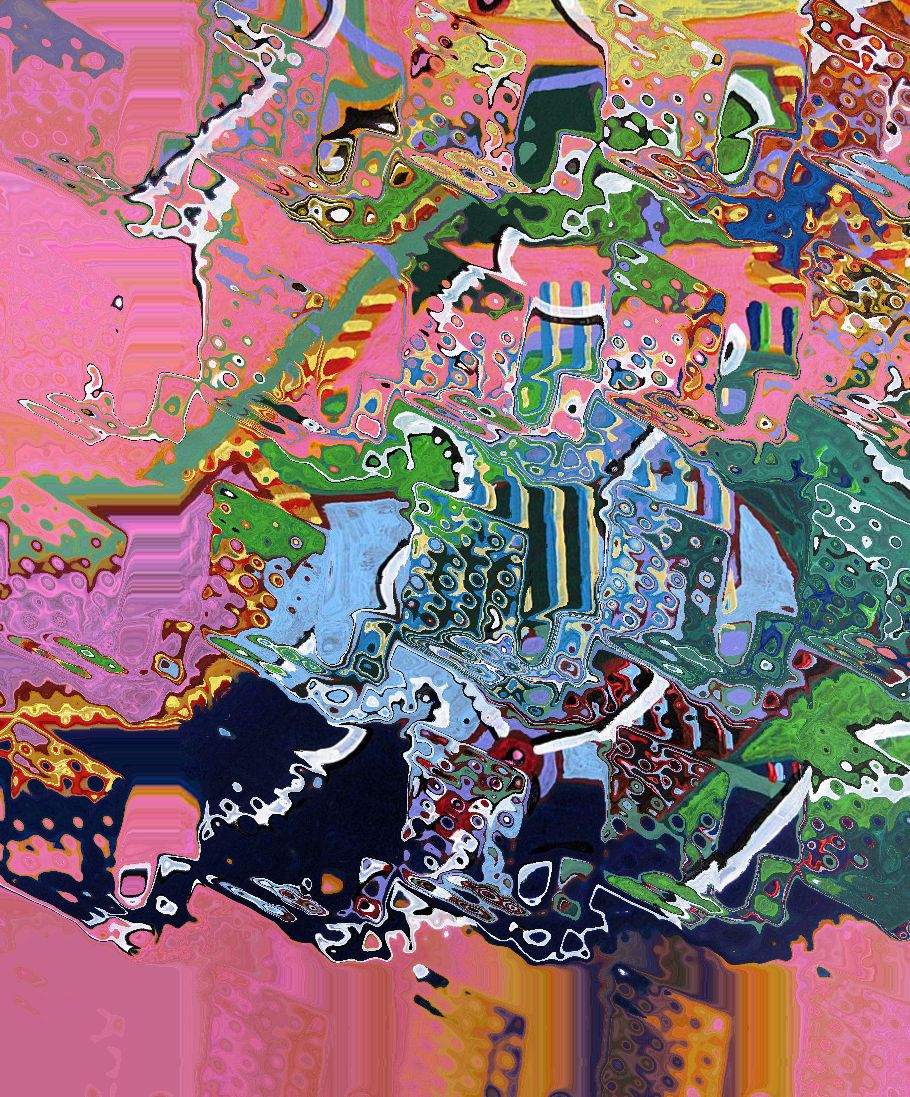
Virtual Painting 474
2017.10.07

Battery Park City
1986.10.06
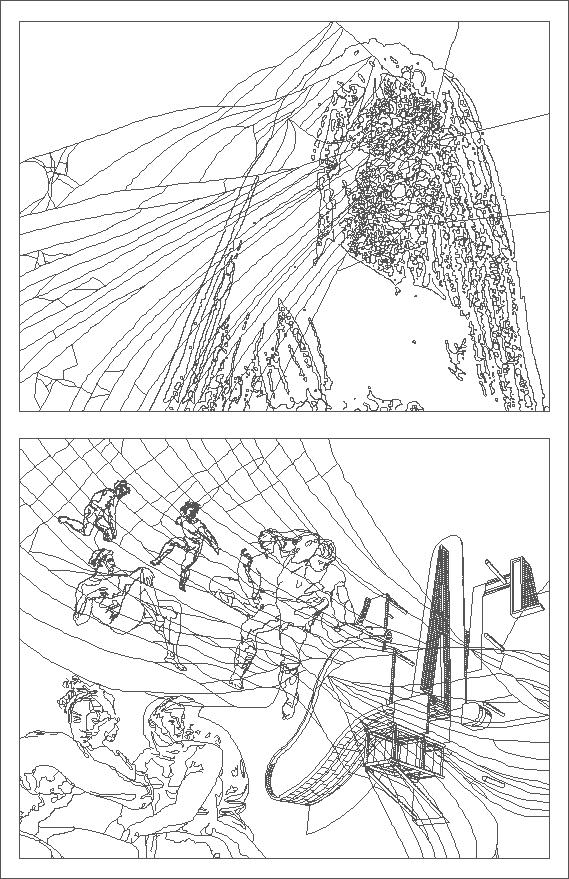
93100501.db
1993.10.05
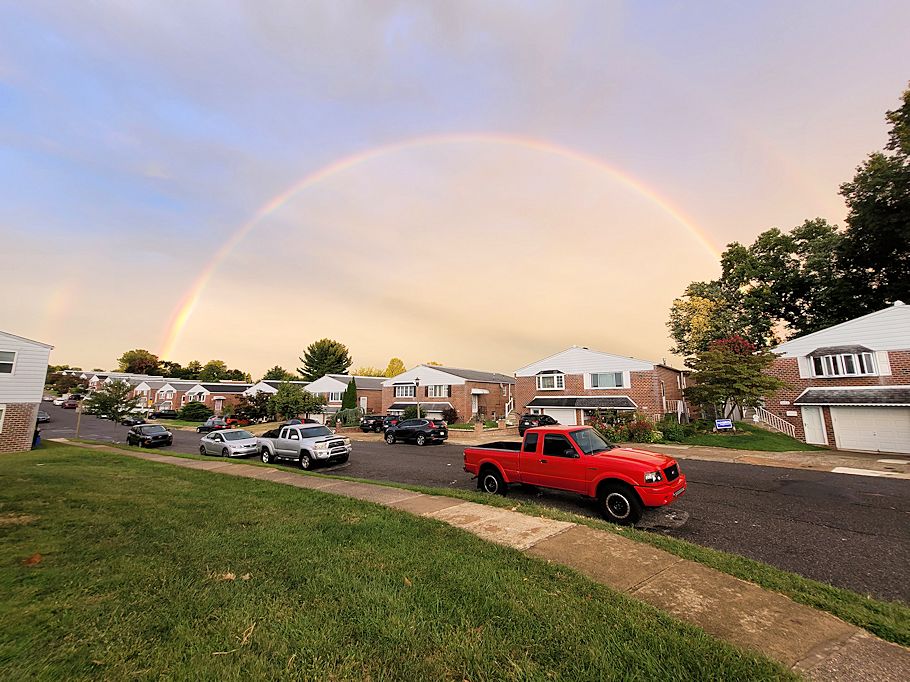
20240907_190622.jpg
"But I can dream, can't I...?"
2024.09.07
From The Discovery of Piranesi's Final Project:
7 September 2023 Thursday
At night, I finished watching Arrival on Netflix:
Ian Donnelly: If you immerse yourself into a foreign language, then you can actually rewire your brain.
Louise Banks: Yeah, the Sapir-Whorf hypothesis. It's the theory that the language you speak determines how you think and...
Ian Donnelly: Yeah, it affects how you see everything.
This reminds me of what it was like learning the 'language' of Piranesi's Ichnographia Campus Martius--a language of building plans and their Latin labels, different than learning a language of text. The language of Piranesi's final project is also largely a language of building plans, and only minimally a language of texts.
Louise Banks: The weapon is their language. They gave it all to us. Do you understand what that means?
Colonel Weber: So we can learn heptapod. If we survive.
Louise Banks: If you learn it, when you really learn it, you begin to perceive time the way that they do. So you can see what's to come. But time, it isn't the same for them. It's non-linear.
2023.09.07
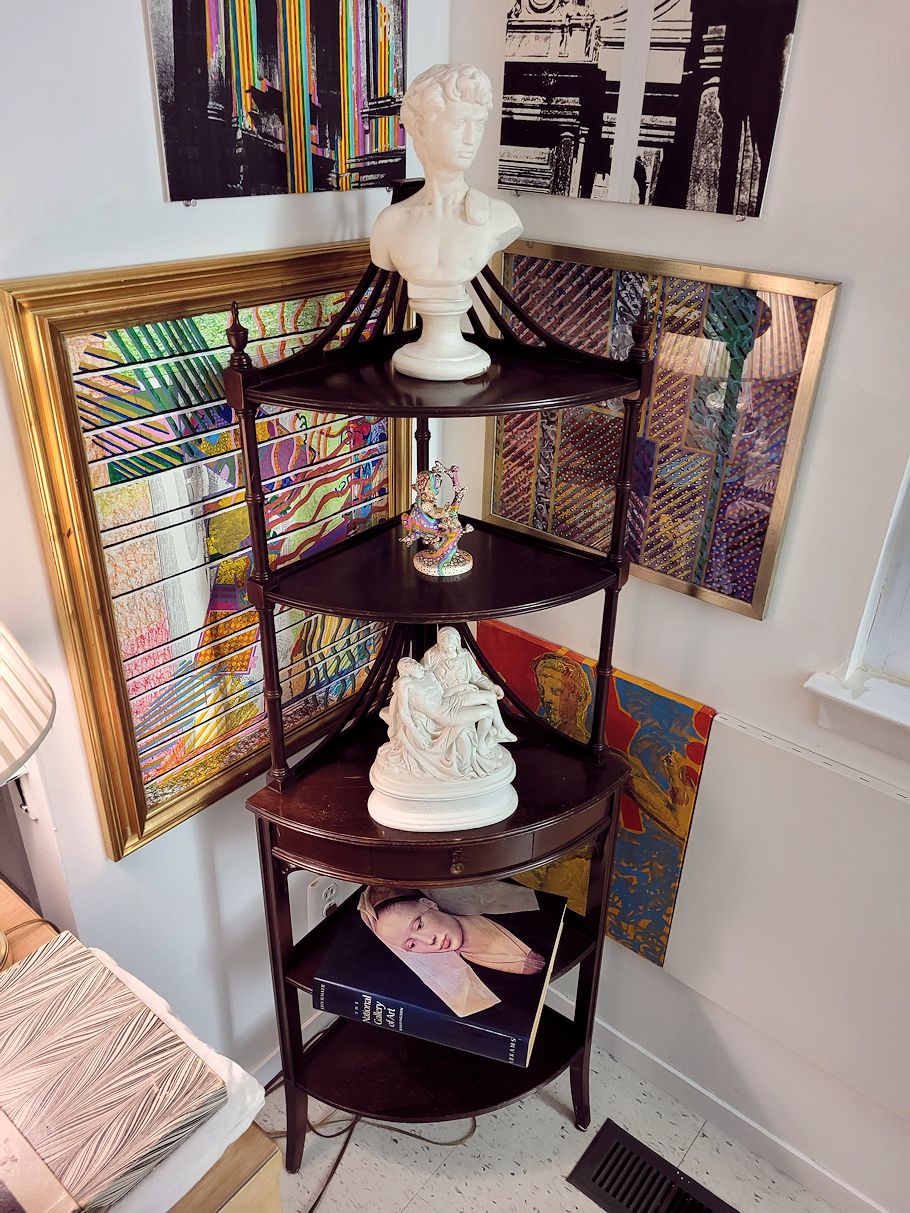
We're Here For The Atmosphere
a work in progress
2024.08.20
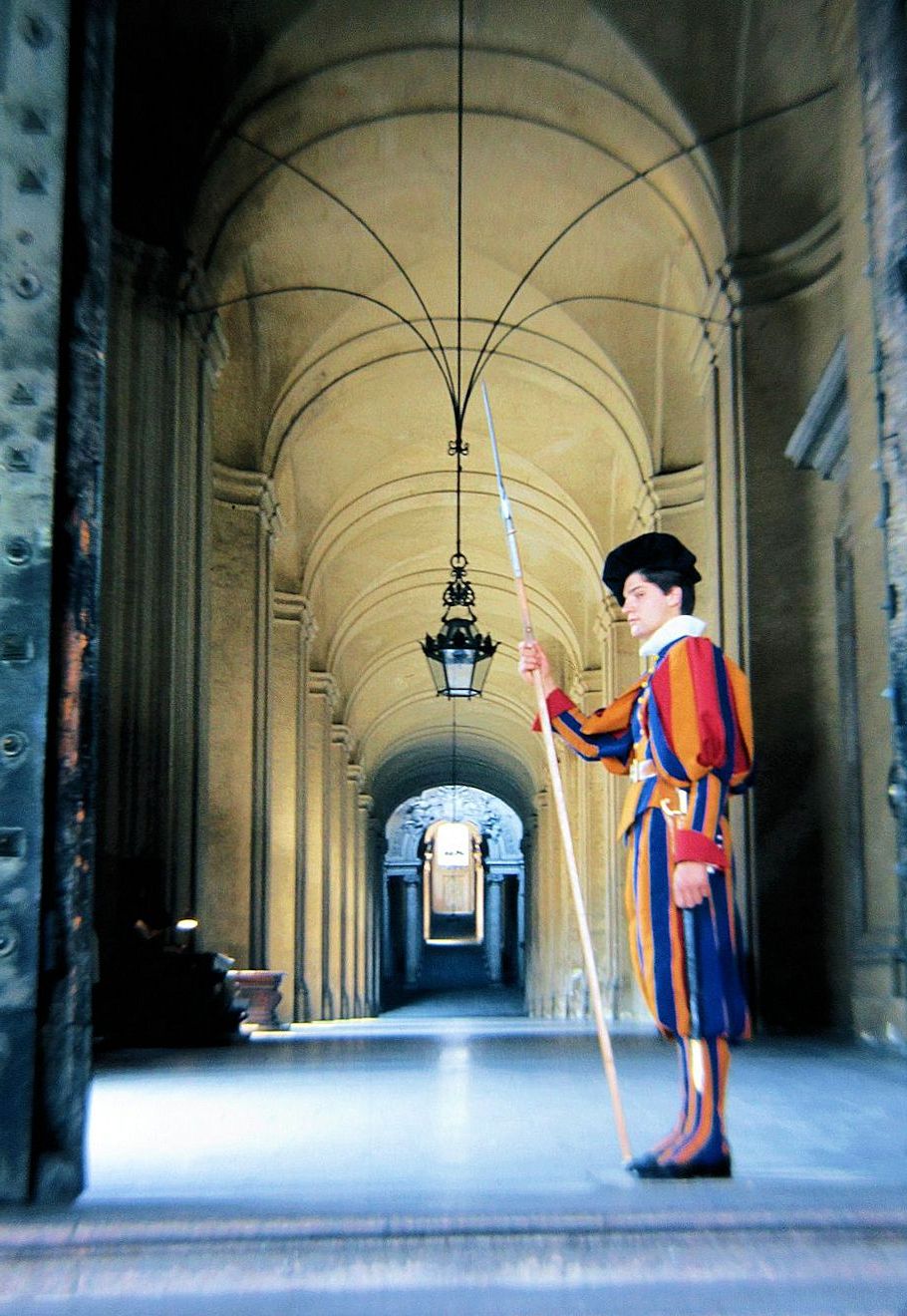
There's that open door at the end of St. Peter's Colonnade which opens up to a long corridor and ultimately the Scala Regia. As usual, a Swiss Guard was there standing at attention. I walked up the few steps anyway. The guard remained motionless until I reached the threshold, when he very subtly dipped that spear/ax thing about a quarter inch in my direction. Then I winked at him and returned back to the crowd.
1977.08.16
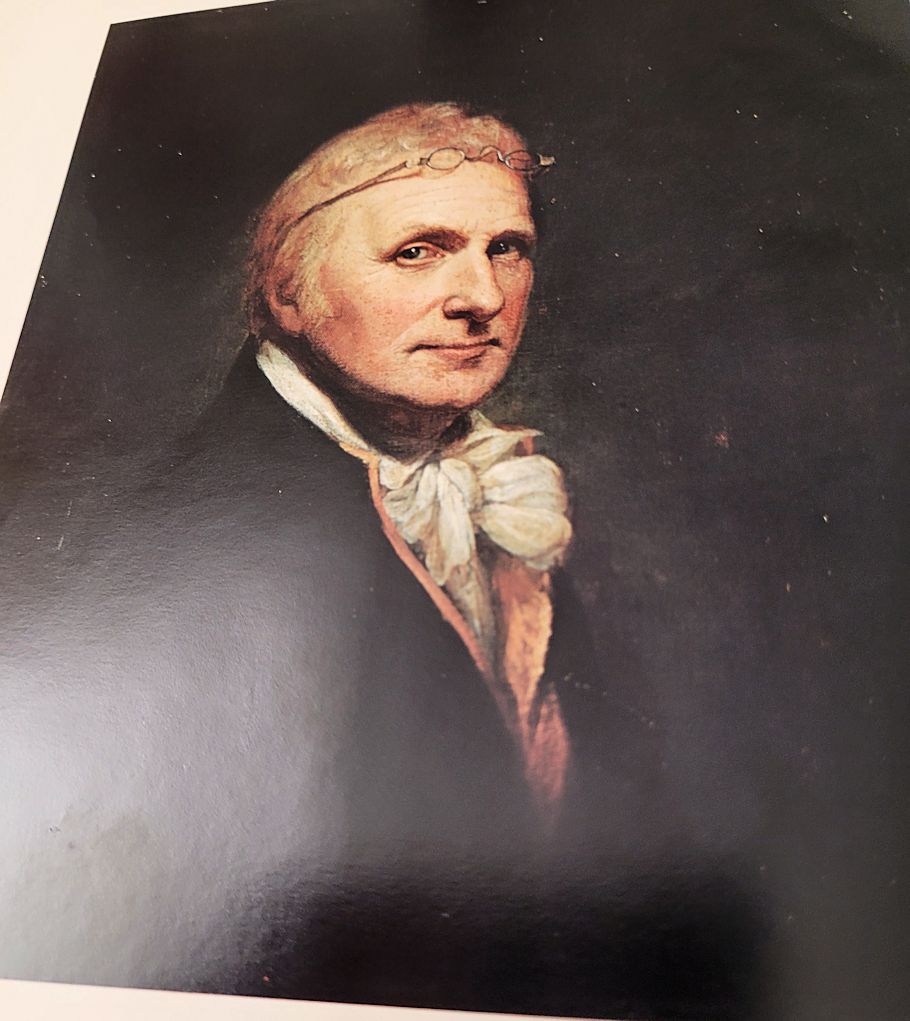
a 200th anniversary reenactment of
Charles Willson Peale's 'Blackberry Ramble'
through Northeast Philadelphia
starting at
@stephenlauf
2024.08.14
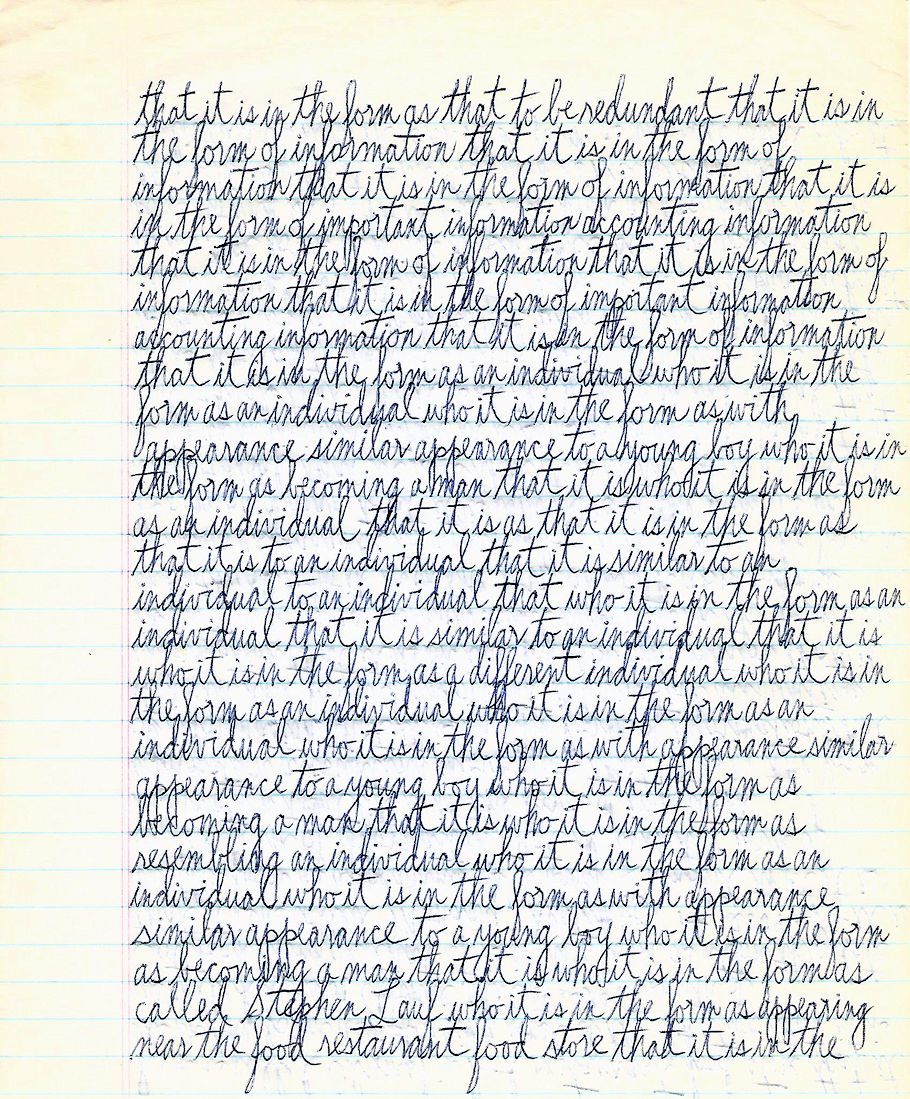
ottopage00001.jpg
Scan of a random page from the several, several thousand pages written by my brother, Otto George Lauf, almost daily over the past 42 years. Both sides of this page were written on or soon after "Monday, September 14, 2009."
2024.05.19

theartblog.org
Art that can be construed as supporting LGBTQ+ rights at museumpeace.com
2024.04.19
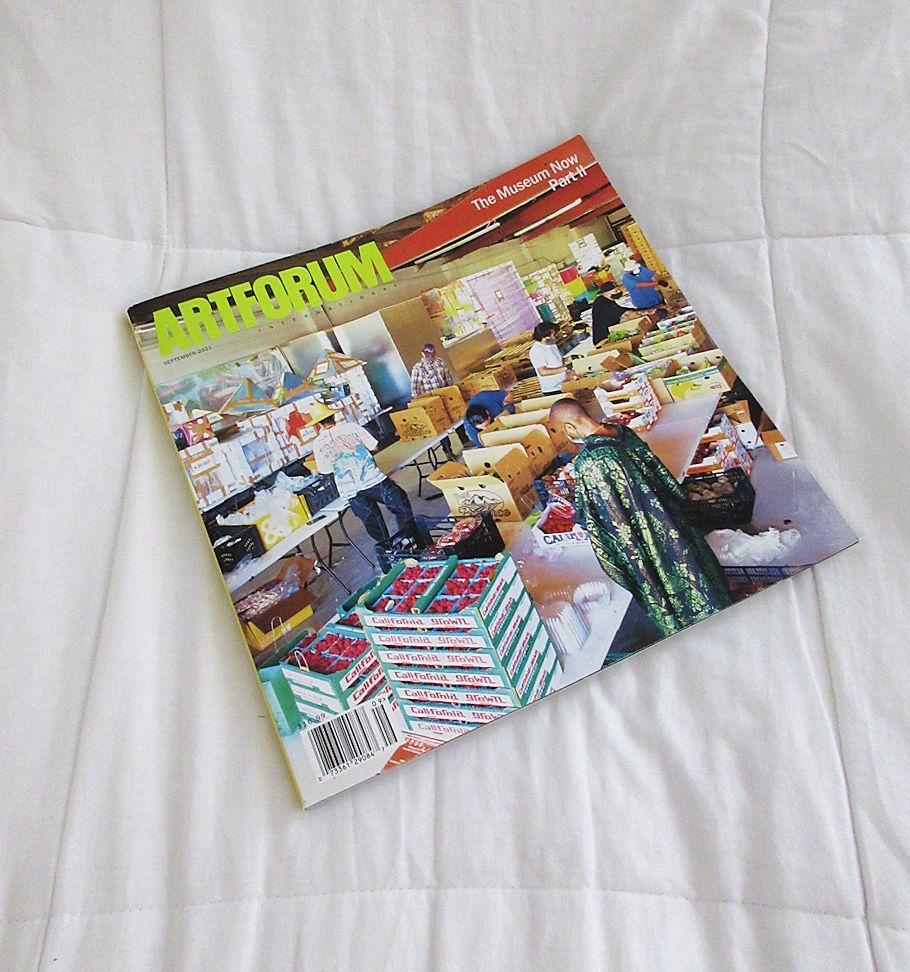
I read Julia Bryan-Wilson's "Impermanent Collections" (Artforum International, September 2021) this morning, soon after waking up but before getting out of bed. I'm pretty sure I haven't read the essay before, although, as a subscriber to Artforum, I've owned this issue of the magazine since September 2021, but September 2021 was also a uniquely critical month in my life as full-time caregiver for my then stroke-effected brother. I'm absolutely sure I paged through the magazine the day I received it, which is what I do every time I receive the magazine, but it seems I haven't paged through the magazine again till last night when I randomly chose to browse through the magazine to help me fall asleep. Anyway, I now feel a strong connection to "Impermanent Collections," and the last two paragraphs of Julia Bryan-Wilson's essay are especially worth repeating.
"In a moment ringing with clarion calls to reevaluate the entire premise of museums, or, more radically, to abandon them altogether, it is worth noting how many queer and trans artists have in the past few decades proposed new kinds of (temporary, unrealized, experimental, minoritarian) institutions. Each of these examples animates a different conception of the queer/trans museum: For Wilson, a recontextualization of clinical material uncovers lesbian erotics; for Khaled, a real act of homophobic injustice is refracted through the prism of an invented person; for Vargas, physical objects are conjured into relation; for Campuzano, mobile displays that imbricate fact and fiction put pressure on how nations construct their own histories. All these projects mobilize, and destabilize, what André Malraux described as the leveling inherent in a "museum without walls" by using acts of queer fabulation. In so doing, they recognize that the museum organizes history not only through objects but through the eloquent space between objects--the gaps within which interpretation takes place. When those gaps are penetrated and held open, other stories creep in.
Critically, such insurgent museums require much less money to run than brick-and-mortar outfits and therefore have no need to pander to funding agencies or to supplicate wealthy board members. For subjects whose identities have been forcibly removed from national histories, surveilled with hostility by the state, and strategically concealed as a means of survival, what, if anything, might the museum offer as a conceptual tool for thinking memory differently? Artists like Campuzano, Khaled, Vargas, and Wilson recruit the language of the museum precisely because they grasp the immense power that word holds. The museum is a regulating apparatus, one that enforces family structures, polices cultural norms, and confers privilege. Significantly, it also possesses the capacity to make worlds out of fragments--a tactic queer and trans people have become adept at. Hence there is something especially fitting about a museum that is inhabited, and exploded, by queer and trans artists. The colonial ideologies that led to the encyclopedic collecting museum are impossible to rally behind, as are the blood monies of trustees that prop up workplace hierarchies. In the end, the queer, transient, artist-imagined, speculative museum might be the only one worth saving."
2024.03.17
|















